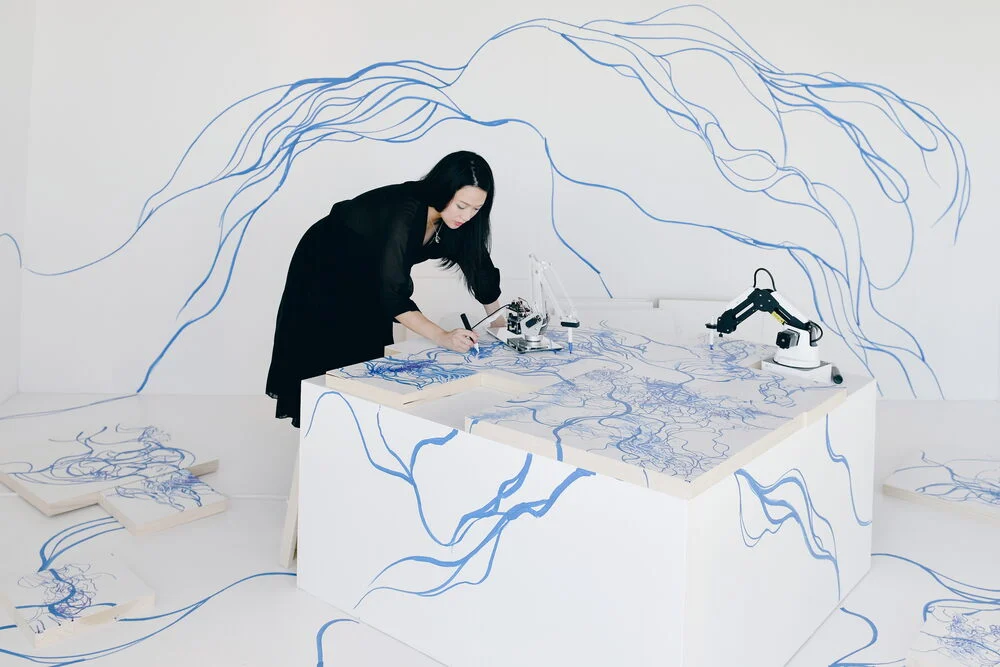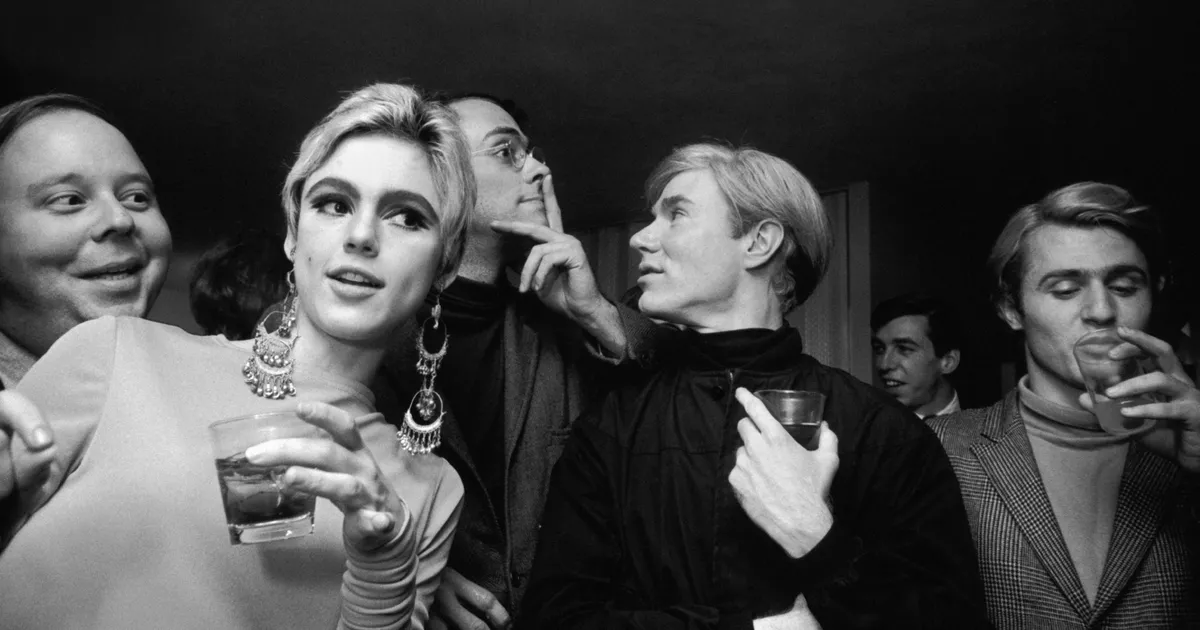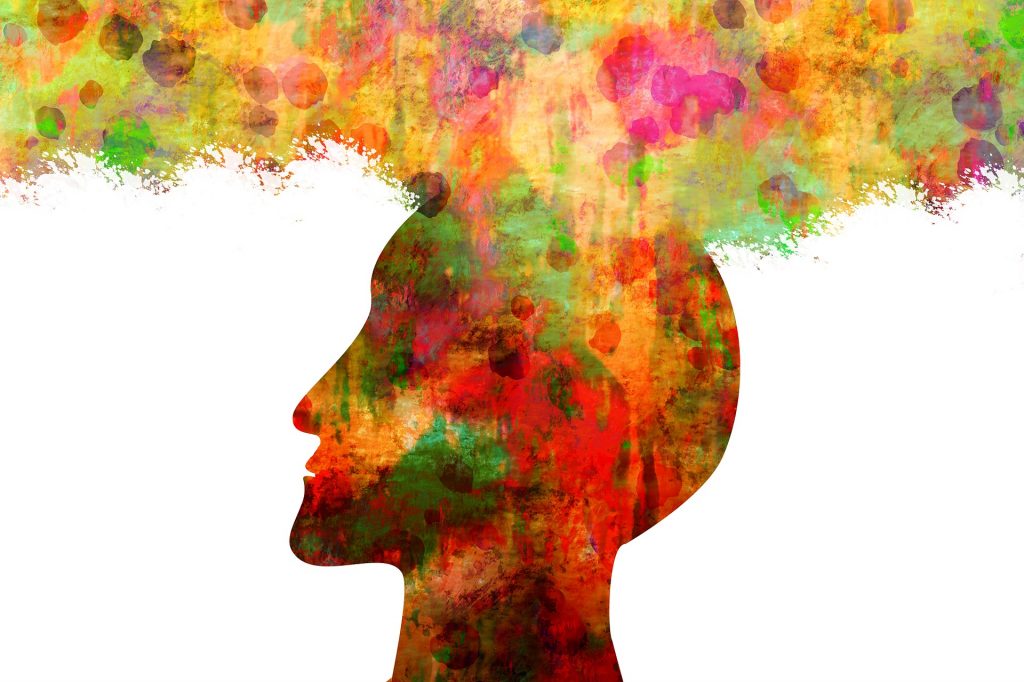Artists Can Get Famous Through Networks And Not Creativity
Artists can get famous through networks and not creativity. Explore the nexus of artist fame, how networks, not just creativity, propel recognition in the dynamic art landscape.
Author:Paolo ReynaReviewer:James PierceJan 26, 20243.4K Shares71.4K Views

The relationship between artistic success and the networks an artist cultivates is a complex and multifaceted aspect of the contemporary art world. The traditional notion that artistic fame solely results from raw creativity and talent is increasingly being challenged. Artists can get famous through networks and not creativity.
In today's interconnected world, the dynamics of social networks, collaborations, and marketing play a pivotal role in propelling artists into the spotlight. This exploration delves into the idea that artists can get famous through networks and not creativity
The Evolution Of Artistic Fame
Historically, artistic recognition was often attributed to individual genius, the innate talent and innovation of an artist. The romanticized image of the solitary genius toiling away in their studio, eventually gaining recognition for their unique vision, has been a prevalent narrative. However, the dynamics of the art world have undergone significant transformations.
The Fame Game - Artists And The Power Of Networks
Reddit user UsualWestern shared,
Picasso, Kandinsky, etc. didn't become famous because of their unique art styles. According to a study on abstract art pioneers, they became famous because they had diverse and expansive networks. I think this rings true throughout art culture.
I firmly believe creativity and skill is important for artists. I just think it's interesting that culturally, it doesn't seem to matter IF you're looking for a following.
Studies from the past have shown that there may be a connection between being creative and becoming famous. However, Paul Ingram and Mitali Banerjee discoveredthat there was no such connection for these artists. Instead, artists who had a lot of different kinds of contacts were more likely to be popular, even if their art wasn't very creative.
In particular, having contacts in many different places was the best way to tell if an artist would become famous. Ingram thinks this shows the artist was worldly and able to connect with different audiences or come up with new ideas influenced by other cultures.
It was Kandinsky who was the "linchpin of the network," he said. Ingram said that they also found that popular artists were usually older. This was probably because they were already famous when abstraction started to look like a thing.
When it came to creativity, they found that neither the computer tests nor the views of art historians were good predictors of an artist's fame. To put it another way, an artist who scored high on creativity wasn't always well-known.
Ingram said:
“„An important implication of the paper is to show that diverse networks matter not only as a source of creativity…but could mean other benefits. That even aside from creativity…the artists benefit from the cosmopolitan identity.- Paul Ingram
It is important to meet new people and network across professional fields these days in order to get better jobs and grow in your career, so Ingram and Banerjee's results don't come as a surprise. But they do serve as important reminders that we won't become popular in a vacuum and should try to make friends with a wide range of people.
The Power Of Social Networks
In the contemporary art landscape, the influence of social networks cannot be overstated. Artists are no longer secluded figures; instead, they actively engage with a network of peers, curators, collectors, and audiences. Social media platforms, in particular, have democratized access to art, enabling artists to showcase their work globally and connect with diverse audiences.
- Online Platforms -Platforms like Instagram, Twitter, and TikTok have become virtual galleries where artists share their creations, gaining visibility beyond traditional art spaces.
- Virtual Communities -Online communities centered around art provide artists with opportunities to connect, collaborate, and receive feedback. These interactions contribute to the formation of networks that extend far beyond geographical constraints.
Collaboration And Networking
Collaborations are integral to the modern art scene, challenging the myth of the solitary artist. Artists often collaborate with other creatives, institutions, or brands to expand their reach and influence.
- Cross-Disciplinary Collaborations -Collaborating with artists from different disciplines, such as musicians, writers, or technologists, not only diversifies the artist's portfolio but also taps into wider audience segments.
- Institutional Collaborations -Partnering with galleries, museums, or cultural institutions provides exposure and legitimacy, fostering a connection between the artist's work and established art circles.
Marketing And Branding
Artists today must navigate the realms of marketing and personal branding. Effectively communicating one's artistic identity and building a distinct brand can significantly impact an artist's recognition.
- Personal Branding- Crafting a recognizable and consistent personal brand helps artists stand out in a crowded digital landscape. This includes the artist's visual style, thematic choices, and even their personality.
- Strategic Marketing -Utilizing marketing strategies, artists can leverage social media algorithms, trends, and targeted campaigns to amplify their visibility and engage with specific demographics.
Art Institutions And Curatorial Networks
Traditional art institutions and curatorial networks continue to wield considerable influence in shaping an artist's trajectory.
- Gallery Representation -Securing representation by reputable galleries provides artists with a platform to showcase their work to a curated audience and gain critical reviews.
- Curatorial Endorsement -Being selected for exhibitions curated by influential curators adds a layer of validation to an artist's portfolio, elevating their status within the art community.
The Role Of Criticism And Reviews
Art criticism, whether from established critics or online influencers, plays a role in shaping public perception and influencing an artist's reputation.
- Media Presence- Securing features in art publications, blogs, or even mainstream media can significantly boost an artist's visibility and credibility.
- Online Reviews and Ratings -Positive reviews and ratings on online platforms contribute to the artist's digital presence, impacting how their work is perceived by a global audience.
Navigating The Balance
The evolving landscape of artistic fame necessitates a delicate balance between creative integrity and strategic networking.
- Authentic Expression -Embracing authenticity in artistic expression remains paramount. Artists must stay true to their vision while utilizing networks as a means of amplification rather than compromise.
- Strategic Networking -Intentional networking involves building genuine connections, actively participating in relevant communities, and seeking collaborations that align with the artist's ethos.
Artists Can Get Famous Through Networks And Not Creativity - FAQs
How Do Most Artists Become Famous?
One way to become a famous artist is to find your own style. Another way is to market yourself and make connections with the right people.
How Do Artists Gain Fame Through Networks?
Artists often gain fame by strategically cultivating networks, collaborating, and engaging with communities to amplify their visibility.
Is Creativity Alone Enough For An Artist To Become Famous?
While creativity is crucial, artists increasingly rely on networks, collaborations, and marketing to gain recognition in the competitive art world.
Are Collaborations Important For An Artist's Success?
Yes, collaborations broaden an artist's reach and influence. Partnering with other creatives, institutions, or brands contributes to increased visibility.
What Role Does Marketing Play In An Artist's Fame?
Marketing and personal branding are essential. Effectively communicating artistic identity and utilizing strategic marketing significantly impact an artist's recognition.
Conclusion
Artists can get famous through networks and not creativity. The path to artistic fame in contemporary times intertwines creativity with the strategic cultivation of networks.
While individual talent remains a driving force, artists who navigate the realms of social networks, collaborations, marketing, and institutional recognition often find themselves on a trajectory toward global visibility.
Acknowledging the symbiotic relationship between creativity and networks allows artists to navigate the complex terrain of the art world with a nuanced understanding of the factors influencing their journey to fame.
Jump to
The Evolution Of Artistic Fame
The Fame Game - Artists And The Power Of Networks
The Power Of Social Networks
Collaboration And Networking
Marketing And Branding
Art Institutions And Curatorial Networks
The Role Of Criticism And Reviews
Navigating The Balance
Artists Can Get Famous Through Networks And Not Creativity - FAQs
Conclusion

Paolo Reyna
Author

James Pierce
Reviewer
Latest Articles
Popular Articles

